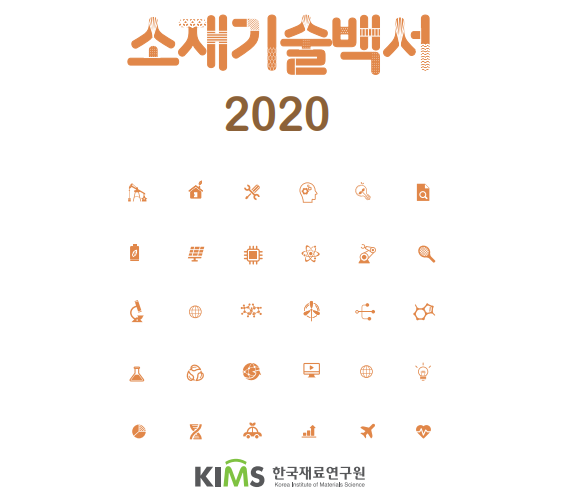The Korea Institute of Materials Science (KIMS) has predicted the focus of the medical system would shift from patient care to healthcare and public health, as it will be impossible to end the Covid-19 pandemic completely.

The institute also said the government's authority would continue to expand intervention in the course of responding to Covid-19, and the real-time monitoring of infectious diseases would emerge as a new normal with the development of tracking and monitoring technology.
Specifically, it added that diagnostic technologies based on artificial intelligence would likely become the core technology in the post-Covid-19 era.
The state-run research body made these and other points in a recent book, which analyzed the trends of technology related to quarantine and medical materials and predicted the promising material and diagnosis technology in coping with infectious diseases in the post-Covid-19 era, released on Monday.
“Real-time diagnosis technology can establish big data to determine whether a patient has a disease or not and suggest the most appropriate treatment,” it said. “Also, technologies to give early warning of infectious diseases can inform local spreads by using big data of transmission process, infected patients, and population data.”
Intelligent technologies for information analysis, location tracking, and risk notification are significant players in the future core technologies applied for proactive response to infectious diseases and epidemiological investigations.
As the examples of detailed AI-based technologies for diagnosing diseases, the institute cited ultrasensitive biosensor material, sensor chip for multi-disease diagnosis, and on-site in vitro diagnostic medical device system, the buildup of disease-related big data and information analysis, and automatic diagnosis algorithm.
KIMS also expected these technologies would be used to identify the infectious pathogen in real-time, diagnostic medical devices, and early testing of intractable diseases.
Technologies predicting the spread of infectious diseases and warnings include high-sensitivity assay for pathogen detection, preprocessing and simplification for on-site analysis, information analysis and location tracking, and ultra-fast communication and risk alarm.
The institute explained that the technologies would help proactively respond to infectious diseases or conduct epidemiological investigations.
Next-generation ultra-fast gene sequencing, mutation prediction, antigen discovery, highly efficient delivery, and mass production are also promising technologies in responding to ribonucleic acid (RNA) viruses in the post-Covid-19 era, KIMS said.
The technologies could prevent and treat diseases derived from RNA viruses by activating the immune system, it added.

